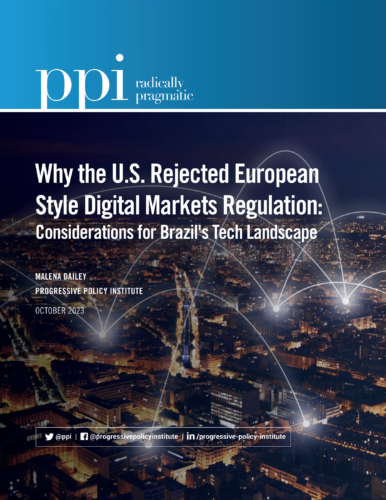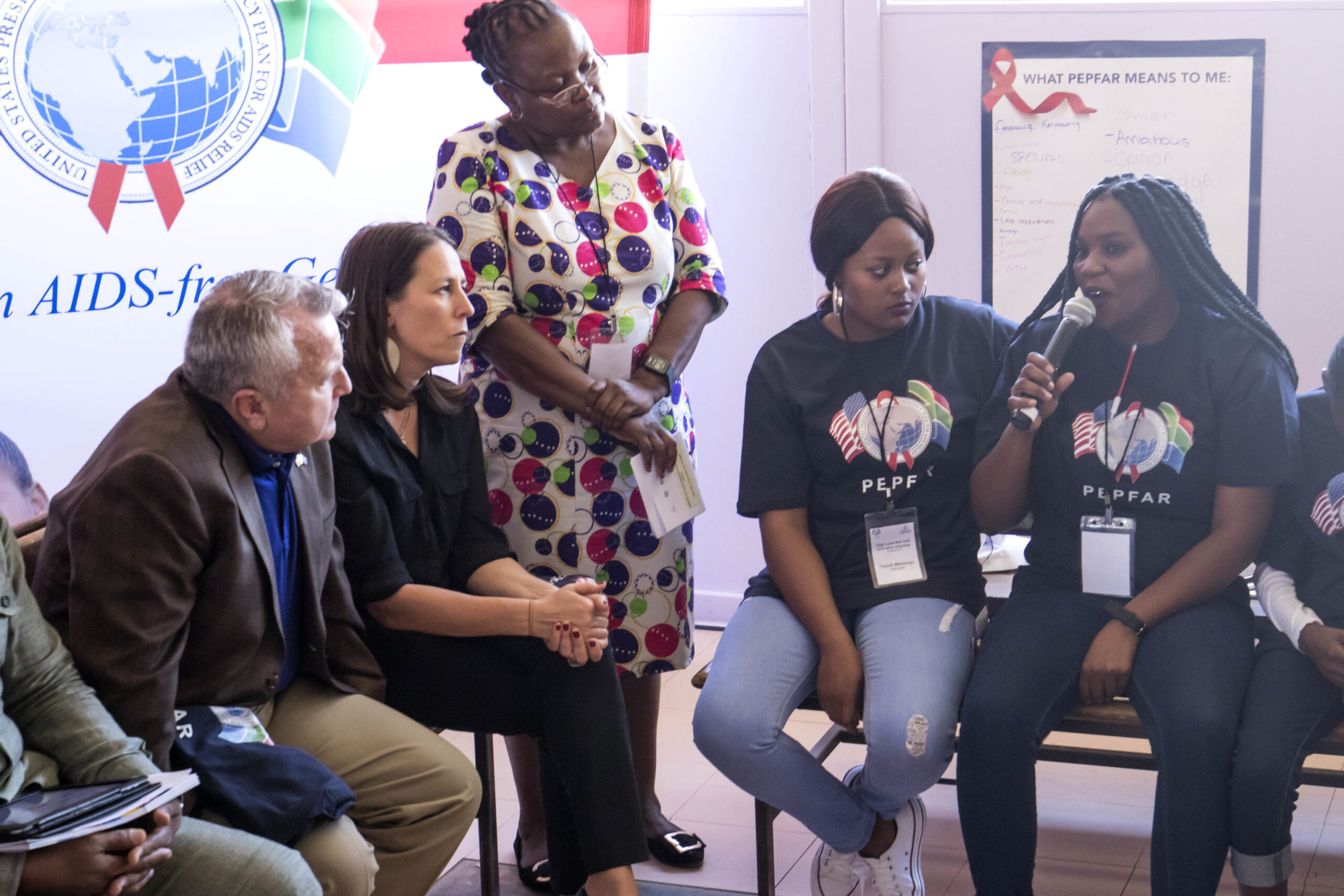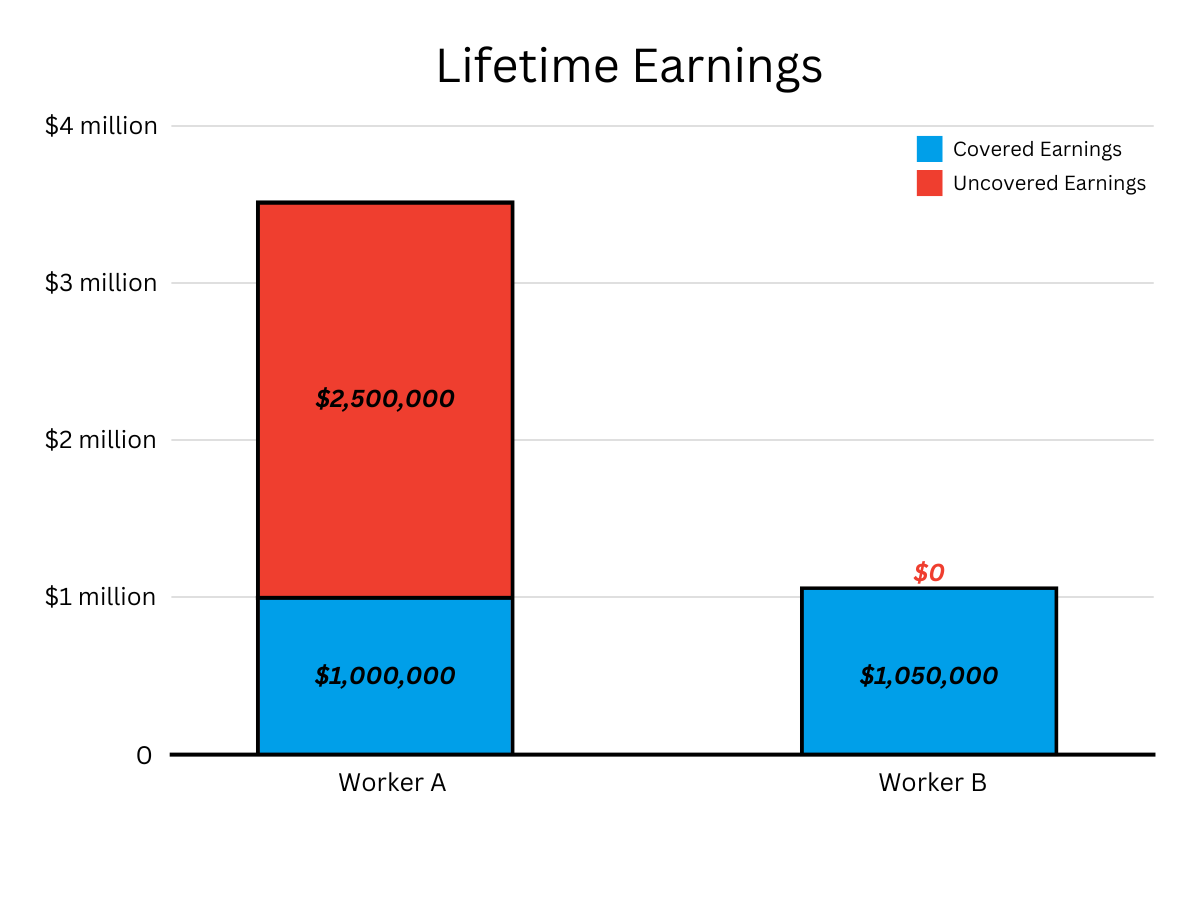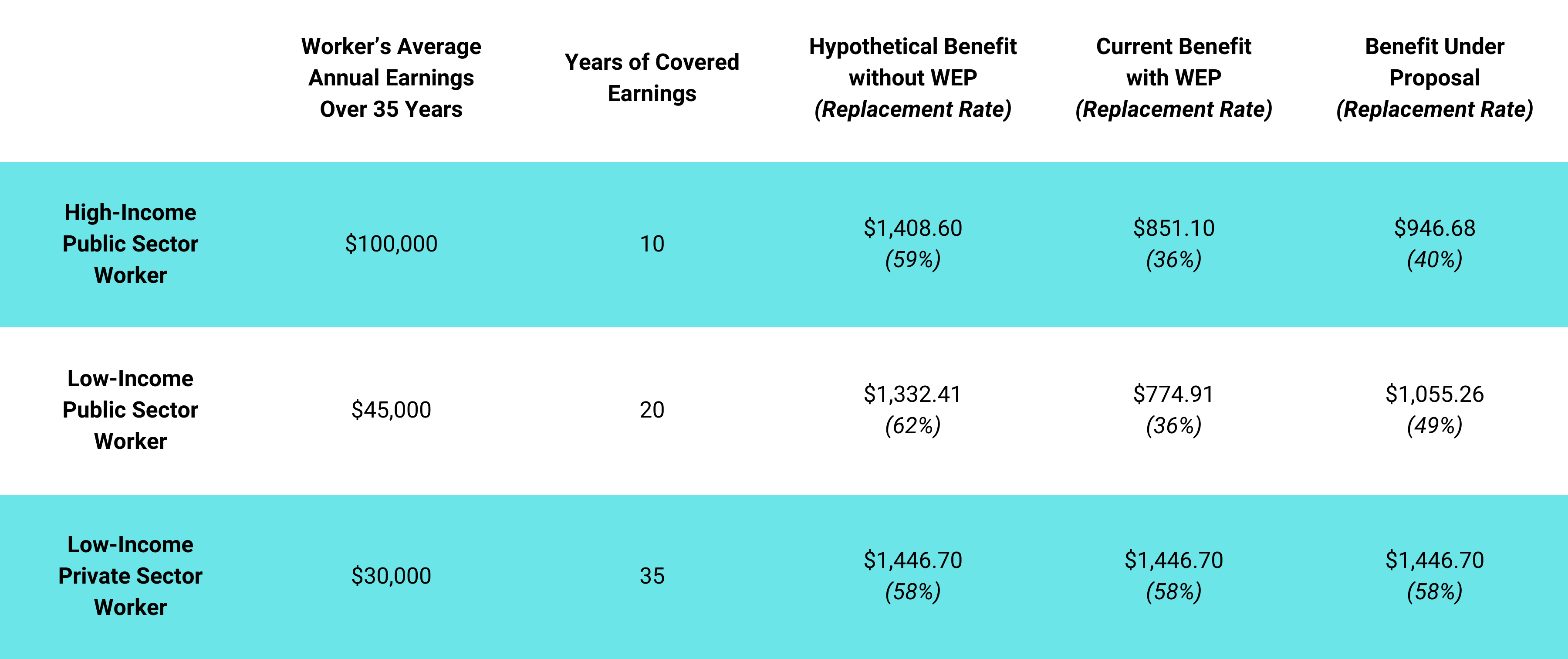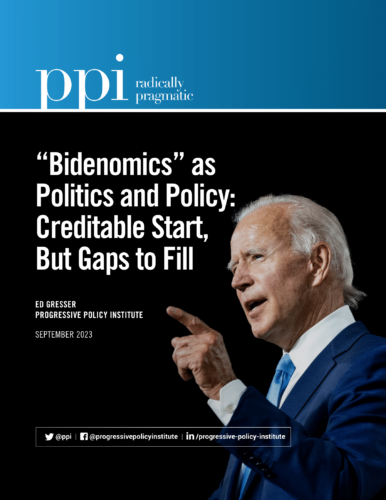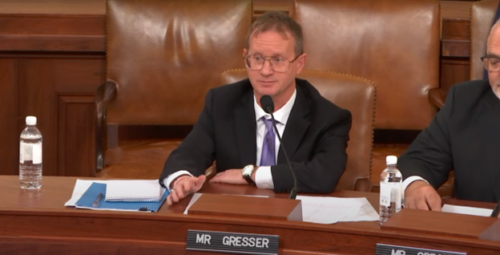FACT: The U.S. does 28% of the world’s scientific research and development spending.
THE NUMBERS: R&D spending, 2020* –
| World (known) | $2.4 trillion |
| United States | $668 billion |
| China** | $526 billion (?) |
| European Union | $440 billion |
| Japan | $173 billion |
| South Korea | $105 billion |
* National Science Foundation estimates, 2022
** Estimate from 2022; 2023 likely will revise this downward.
WHAT THEY MEAN:
The National Science Foundation’s most recent tally of research spending around the world, published early in 2022, calculated in “purchasing-power parities,”* estimated about $2.4 trillion worth of science in 2019. The IMF’s guess at the 2019 world economy meanwhile (also using the PPP-basis option so as to match NSF’s R&D figure) was $138 trillion. So that year, $1.70 of each $100 of world income went back to labs to design quantum computers and write up artificial intelligence programs, give the last touches to the Webb telescope and open the first analyses of the COVID-19 virus, design new biotech crops, finance robot-sub dives to deep-sea black smokers, and work up ancient-DNA investigations of Neanderthal origins.
Dividing the $2.4 trillion global figure into country-by-country totals requires some social science best-guesses and adjustments to later revisions. For example, NSF put China’s R&D spending at $526 billion in 2019. The OECD, though, has China at $465 billion in 2018 and hasn’t yet guessed at 2019. Meanwhile, if Chinese science is getting revised a bit down, the Brits have been scaled up. The NSF’s first guess for the U.K. in 2019 was a deflating $57 billion, putting the land of Darwin & Newton, Berners-Lee & Hawking, etc. at par with India and well below the $74 billion for France. They’ve now recalculated and gotten something closer to $90 billion. But understanding there’s some blurriness around the edges, here are three big-picture perspectives as of 2019:
Largest R&D Centers: Five countries put more than $100 billion a year into science. The U.S. was top at $668 billion (and per NSF, ratcheted up to $717 billion in 2021 and a likely $792 billion in 2022). American science accordingly made up 28%, or somewhat more than a quarter, of all world research spending – nearly twice the U.S.’ 15.8% share of world PPP-basis GDP, and seven times its 4% share of world population. China was second at $526 billion and 22% of world R&D, followed by Japan at $173 billion, Germany at $148 billion, and South Korea at $102 billion. Together these five countries accounted for two-thirds of all world R&D spending. Adding France and the UK brings the total near three-quarters of the world total.
West & Rest: Traditional ‘western’, ‘developed’ countries account for over three-fifths of world science. Combining the NSF’s estimate for the U.S. with those for Japan, Korea, the 27 EU members, the UK, Switzerland, Norway, Israel, Taiwan, Canada, Australia, and New Zealand, yields a total of $1.5 trillion, exactly five-eighths of the $2.4 trillion worldwide total. China, whether at $526 billion or somewhere in the $500 billion range, is the secondary pole at 22%. The remaining 150 countries — all of Latin America, the Middle East, Southeast Asia, and Africa — together put about $400 billion into science each year. A Korea-like $135 billion comes from the nine non-Chinese big-population BRICS members and invitees (Brazil, Russia, India, South Africa, Egypt, Iran, United Arab Emirates, Saudi Arabia, and Ethiopia). The remaining 120 provide $240 billion and 10% of the world total.
Most “Research-Intensive”: Dropping total-dollar figures and instead looking at research spending relative to national economies, the R&D shares of GDP in the world’s most research-intensive economies, and in nine of the world’s ten largest countries by population,** look like this:
| Israel | 4.9% |
| South Korea | 4.6% |
| Taiwan | 3.5% |
| Sweden | 3.4% |
| Germany | 3.2% |
| Japan | 3.2% |
| U.S. | 3.1% |
| China | 2.3% |
| Brazil | 1.2% |
| Russia | 1.0% |
| South Africa | 0.8% |
| India | 0.7% |
| Mexico | 0.3% |
| Indonesia | 0.2% |
| Pakistan | 0.2% |
| Nigeria | 0.1% |
And a Bit More: Brazil is the top Latin American research power, with $36 billion and 1.2% of GDP. India has a very large dollar-value R&D program at $59 billion, eighth in the world after the U.K. and France. Indian science, though, remains modest as a 0.65% share of GDP. This is somewhat below the 1.6% average for middle-income countries. Russia had about the same total-dollar investment as Taiwan at $44.5 billion in 2019 (though it’s presumably lower now); relative to GDP, its 1.04% was about the same as Turkey’s R&D intensity. Thailand is ASEAN’s top researcher in dollar terms at $12 billion or 1.0% of GDP; relative to GDP, though, Singapore leads at 1.8%.
* The two common calculations of GDP are “exchange-rate basis,” and “purchasing-power parities.” The PPP-basis gives larger figures for developing countries, as it attempts to equalize prices paid for services. Both have advantages and disadvantages; we’re using PPP here as that’s how NSF estimated science spending.
** Unfortunately missing #8 by population, not because we forgot Bangladesh, but as NSF hasn’t done an R&D estimate for them.

FURTHER READING
Data:
The National Science Foundation’s R&D by country figures.
More NSF comparisons.
OECD’s data on R&D spending in total and relative to GDP, plus counts of scientists and publications, etc., for the 37-country OECD membership plus China, Taiwan, Russia, Argentina, Singapore, Romania, and South Africa.
The World Bank’s table of R&D/GDP shares by country, region, income level, etc., from the 1990s to the present.
And a bit on American science:
U.S. spending leads the world in raw dollars, and ranks a strong seventh worldwide as a share of GDP. The U.S.’ relative weak spot is in big-picture, basic science, government-funded science. U.S. government-funded R&D is traditionally more focused on basic science with potential big returns in knowledge and innovation but not necessarily a near-term commercial payoff than the business sector’s work. Though not small, this government commitment has (a) drifted down relative to U.S. GDP, from around 1.0% of GDP in the 1960s and 1970s to 0.5% more recently, and (b) dropped from 30% to 19% of U.S. research funding between 2011 and 2021.
Vannevar Bush’s 1945 “Endless Frontier” report to the Truman administration makes the classic case for public commitment to science.
PPI budget sages Ben Ritz and Brendan McDermott, 80 years later, have ideas for reviving public investment.
… and from Ritz and Stephen Verrall last month, Congress post-“CHIPs and Science” bill takes an ill-advised U-turn on the larger science budget.
And a Biden science boom? NSF’s estimates of a $124 billion Biden-era surge in research spending since 2020 ($668 billion in 2020, $792 billion in 2022) is a first estimate, with some future adjustments likely. (And note that $105 billion of the estimate reflects new business spending.) Nonetheless, an entirely different line of data suggests this is real. The Bureau of Labor Statistics’ monthly figures for R&D employment show a net gain of 150,000 R&D jobs — from 795,000 to 946,000 — from January 2021 to August 2023. By comparison, the 20-year growth total from 2000 through 2020 was 250,000 new R&D jobs. BLS’ (very detailed) R&D employment page.
ABOUT ED
Ed Gresser is Vice President and Director for Trade and Global Markets at PPI.
Ed returns to PPI after working for the think tank from 2001-2011. He most recently served as the Assistant U.S. Trade Representative for Trade Policy and Economics at the Office of the United States Trade Representative (USTR). In this position, he led USTR’s economic research unit from 2015-2021, and chaired the 21-agency Trade Policy Staff Committee.
Ed began his career on Capitol Hill before serving USTR as Policy Advisor to USTR Charlene Barshefsky from 1998 to 2001. He then led PPI’s Trade and Global Markets Project from 2001 to 2011. After PPI, he co-founded and directed the independent think tank Progressive Economy until rejoining USTR in 2015. In 2013, the Washington International Trade Association presented him with its Lighthouse Award, awarded annually to an individual or group for significant contributions to trade policy.
Ed is the author of Freedom from Want: American Liberalism and the Global Economy (2007). He has published in a variety of journals and newspapers, and his research has been cited by leading academics and international organizations including the WTO, World Bank, and International Monetary Fund. He is a graduate of Stanford University and holds a Master’s Degree in International Affairs from Columbia Universities and a certificate from the Averell Harriman Institute for Advanced Study of the Soviet Union.
Read the full email and sign up for the Trade Fact of the Week



